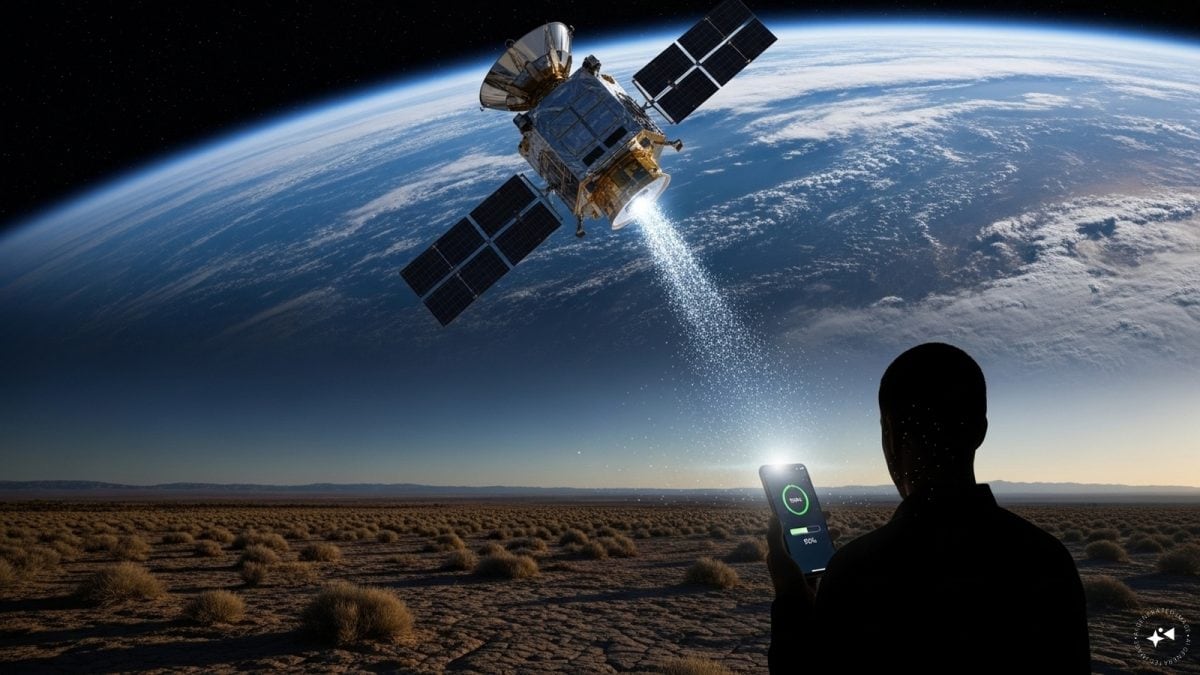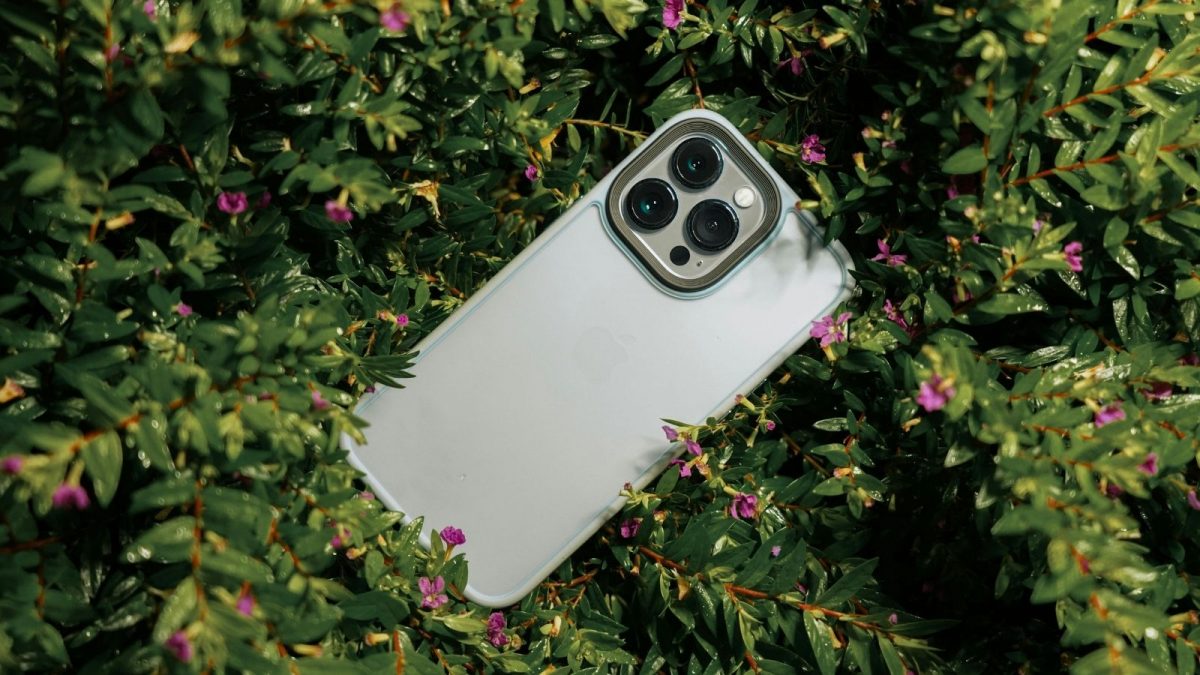Last Updated:
Starlink is getting ready for its launch in India with many excited to see how the satellite internet works and how much it costs but what can we expect beyond that?

News18
Starlink India launch has been in the news for a few months, with reports saying the regulatory approvals are close to being done. The Elon Musk-owned satellite internet service is available in many countries but the excitement around its launch in India has been evident. People are keen to use the internet via the satellite that sits faraway in space.
But looking beyond all the hype, we have been apprehensive about the potential of having satellite internet available, when other forms of data network like 5G and fibre broadband are the main source of driving the internet penetration. So, where does Starlink with its satellite internet come into this and who benefits from its launch in the country.
These are some of the points that we discussed with Affandy Johan, Telecom Industry Analyst from Ookla, to understand the nature of this business and how much can people expect to pay for the internet provided through satellites.
Aadeetya Sriram (AS): Now that Starlink is very close to its India launch, can you walk us through what people can actually expect?
Affandy Johan (AJ): When it comes to satellite internet the comparison with urban networks only makes sense if you already have access to those networks. After all, there are still a lot of communities and villages in India that don’t have fiber or reliable mobile data. They have to rely on very slow or very unstable connections or have to travel to the nearest town for example just to get online. Starlink helps them to offer even 30 to 50 megabits with consistent uptime which is a massive upgrade.
These people are comparing it (Starlink) to having nothing. Yes, cost is still a barrier. There’s no question about it but it will give them a major lift and access to the internet.
AS: You talk about areas with no network, is that the only segment where Starlink can focus in the country?
AJ: Where we are likely to see traction in India is in the institutional sector or share use cases like schools or health centres, government offices, maybe even small businesses. These type of entities can justify the cost because they’re serving an entire community,
So when floods or cyclones hit mobile infrastructure often often collapse and stalling can be deployed or any other satellite solution can be deployed rapidly for emergency connectivity.
AS: Can you give us some examples where Starlink has helped during disaster events?
AJ: We saw this in many countries that’ve been hit by recent natural disasters. When the typhoon hit Australia, there are swelling samples picked up based on our data. I think having that kind of reliability during a crisis is also worth the cost especially for disaster management agencies and for small communities like in India.
AS: The biggest challenge about providing satellite services in remote areas has to be around the cost. How will they manage this?
AJ: On the surface it doesn’t make economic sense for them to simply roll out networks in these very remote areas. India’s ARPU is one of the lowest in the world. It’s about $2. But for satellite providers, they don’t need to serve tens of thousands of customers immediately. I think their focus would be on high priority users and we’ve seen it in many regions.
For instance, Indonesia is a market with a lot of government initiatives where it lacks digital connectivity. They have worked with Starlink to help in terms of providing connectivity in rural school primary health centres and even a border security post. I think once that ecosystem scales up we may see prices come down even to support future residential use in rural India.
AS: The scaling up is not going to happen quickly, how have other Starlink markets grown where the trends and demographics are similar to India?
AJ: I’m based out of Malaysia, Kuala Lumpur where the trends and usage are similar to India. People here get good mobile connectivity but I think there are still pockets in remote areas where there’s no connectivity and there’s no fiber. These are the areas where Starlink has come to the rescue.
AS: Starlink had recently launched in regions like Bhutan and Sri Lanka which kind of gave us an indicative idea as to what their structure could be for the Indian market and I know it’s still too early to put estimates but how do you expect the pricing to work out?
AJ: It will start similarly. As we know, one thing to be aware of is the Starlink pricing model. It involves a very significant upfront investment for the hardware like you mentioned like and and and and different monthly subscription fee.
If I’m not wrong, generally we have seen the standard kit is priced around $300 (Rs 26,100 approx) to $350 (Rs 30,450 approx) and the more portable one is even more expensive, about $500 (Rs 43,500 approx) to $600 (Rs 52,200 approx) in the US.
Even though it is hard for me to predict how Elon Musk is going to price Starlink in India, it should roughly start around the same as what’s happening in the region.
AS: How can the government help in subsidising the cost of running the satellite internet services?
AJ: I think the government has a role. Of course, I cannot speak for all the different governments whether they would be happy to subsidise but I think the potential for satellite connectivity is real and we do need to frame it in the right context.
From what I know, India has more than 650,000 villages. I was just looking at this data recently and even though 4G covers the majority of the population on paper, the quality and consistency is still a major challenge. Starlink can bypass this limitation and with this in mind, any help or any policy that the government puts in that will help to expand the overall closing of this digital connectivity gap is very important.
If Starlink partners with government or state level bodies to power schools for example rural clinics or border posts it has a clear role to play. At the end of the day it’s about solving those gaps and not competing with existing services in well-covered areas.
AS: We’ve heard news reports that Starlink is going to partner with existing operators. You think some level of coexistence is required for a segment like this?
AJ: I do believe even for the mobile operators they do want to play a role in closing this digital connectivity. It all depends on the pricing strategy and the promotional offers they put into all this.
But what we’ve seen is many operators intend to bridge that digital connectivity gap with an immediate solution like Starlink and eventually once they are ready to roll out more solutions like fiber or mobile, they can probably switch those users to their own network.
AS: So do you think that will help in cost subsidising also with these kinds of partnerships and deals?
AJ: I definitely think it will. Cost is obviously a major issue. Of course how much subsidy they can manage, I cannot say that on behalf of the operators but having some cost and helping easier and faster access to satellite connectivity will definitely help them in the long run.
Having said that, India has very good connectivity from the mobile operators and 5G is actually one of the top in the world. So complementing that mobile network with Starlink could be very important to make sure that you have access to different sorts of connectivity within the country.

S Aadeetya, Special Correspondent at News18 Tech, accidentally got into journalism 10 years ago, and since then, has been part of established media houses covering the latest trends in technology and helping fr…Read More
S Aadeetya, Special Correspondent at News18 Tech, accidentally got into journalism 10 years ago, and since then, has been part of established media houses covering the latest trends in technology and helping fr… Read More
- Location :
Delhi, India, India
Read More







